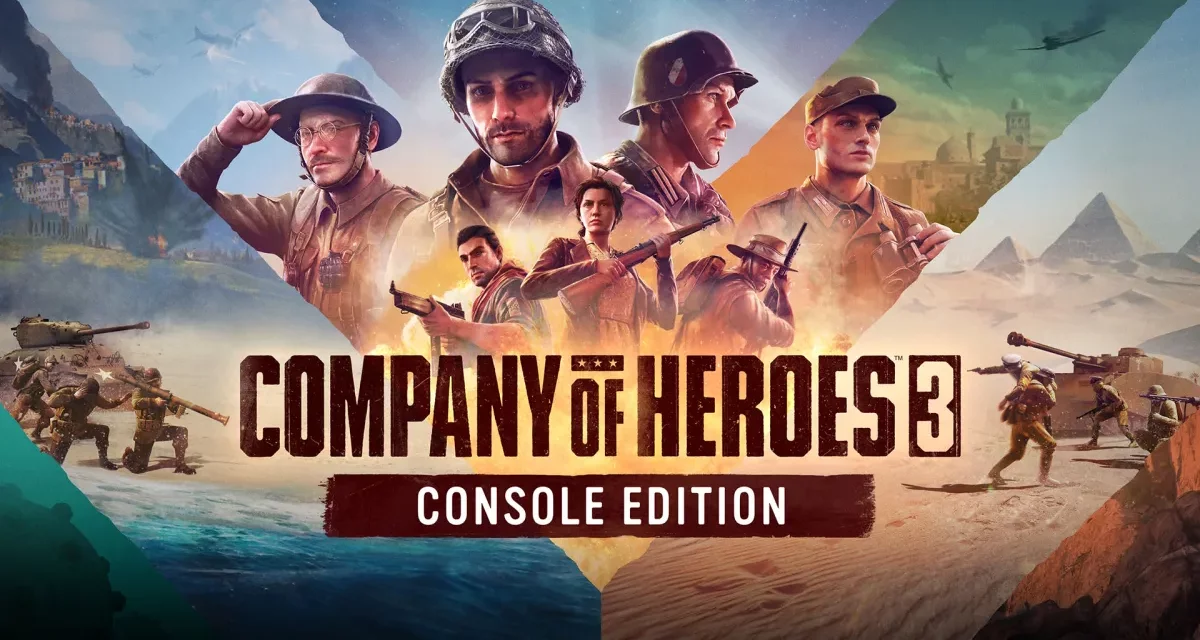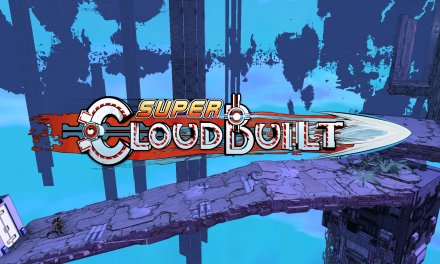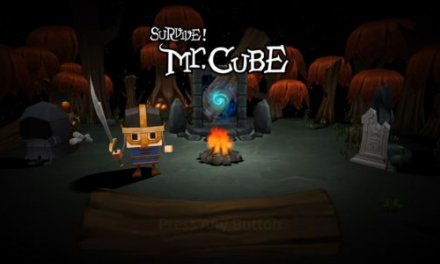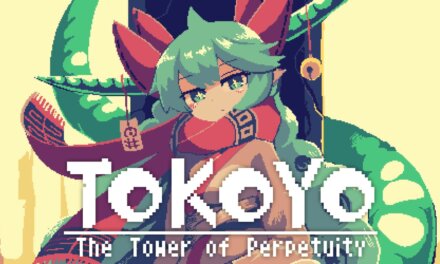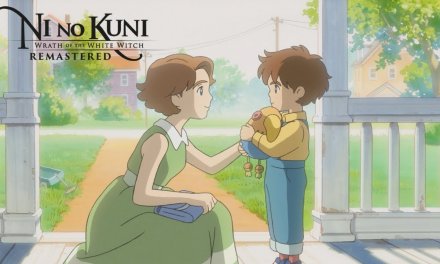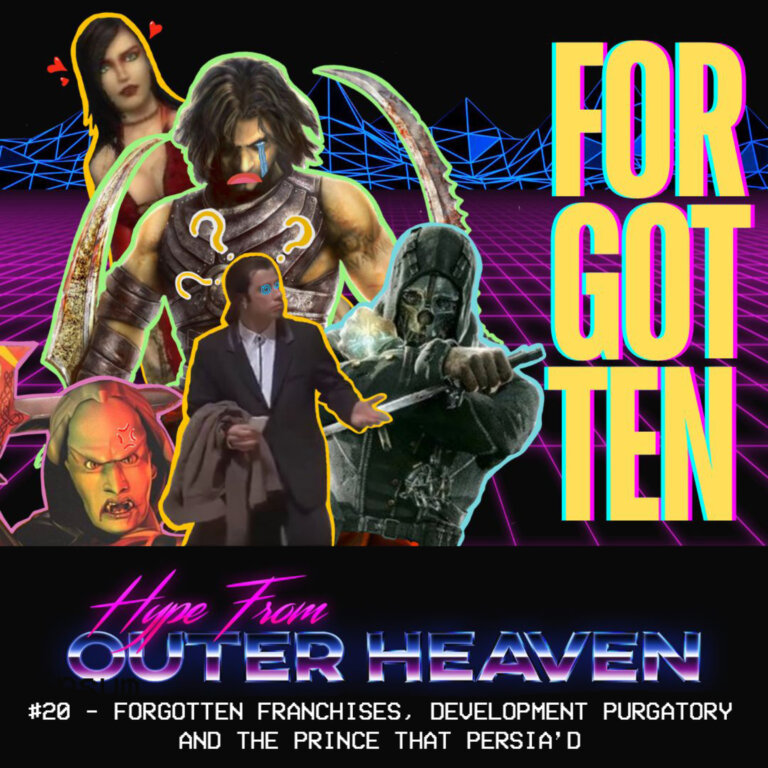Real time strategy games have never really found their place on consoles, always feeling a bit hit or miss often lacking behind the complete control a keyboard and moues gives you. Sure there have been attempts, and some have managed to achieve some success but you still felt quite limited to the amount of commands you can give at a time. Most RTS games have you control large armies with multiple unit types that can be torn to shreds if not properly co-ordinated, requiring multiple commands and quick actions to keep you on top of the battle. But what if we minimised things? What if there was a game that removed this large in the hundreds armies and replaced it with smaller teams with greater survivability? It’s rare to see these types of games as they tend to forgo the standard rules of RTS games, but Company of Heroes 3 really seems to have gotten something right here, and it’s a game that absolutely fills a niche.
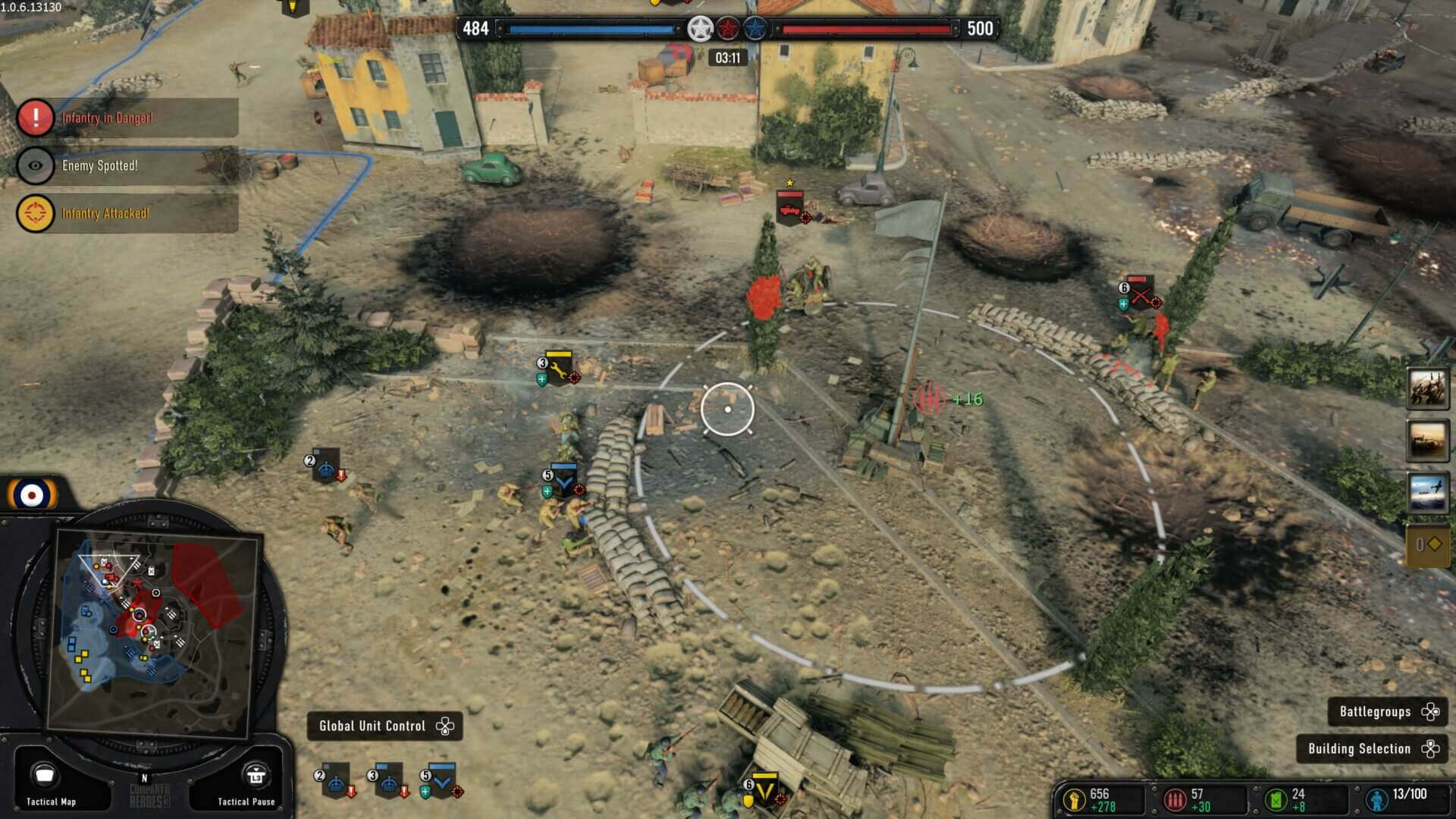
Company of Heroes 3 is a Real Time Strategy game set in the Italian and Northern African campaigns of WW2. However instead of controlling larger armies numbering in the hundreds, you control multiple smaller platoons and individual larger units such as tanks. You can’t be tank spamming enemy bases or control points just by massing units into their base as the unit cap is relatively small – again, it’s the emphasis on smaller macro type gameplay which is the central theme of CoH, and this is its greatest strength.
CoH does follow some standard rules of RTS games, you build a base, capture points, and build units. The more you branch out and capture control points and supplies, the better units you can build and upgrade. However the real gameplay comes from the firefights themselves and how you choose to position your units for an attack. With many other RTS strategy games I’ve played before there are many dominant methods that can be employed for quick easy victories, such as tank spamming in Red Alert, or the legendary Zerg Rush from Starcraft. It’s simply rushing an enemy base with as much units as possible until you win. CoH has a more methodical approach, and makes you think how to attack the enemy, what platoon to use, where to position them and what tactics you should take. Soldiers take cover behind various walls and buildings when attacking, different squads can use smoke grenades or satchel charges extra explosive results, different units can set up traps such as tank mines to defend against an attack.
Soldiers can also pick up new weapons on the field such as machine guns, flamethrowers and anti tank guns. The variety of gameplay is where this game shines as it makes you think how a commander would in the field of battle. Platoons are also a lot more resilient than other RTS games and won’t die the moment they come into contact with another platoon. Firefights can actually take a few minutes to pan out giving you time to use other tactics or abilities to turn the tides. I often found myself having one unit lay supressing fire whilst another unit flanked them from the side. It’s this level of thinking that gives you satisfying gameplay that rewards you for thinking of smart battlefield tactics.
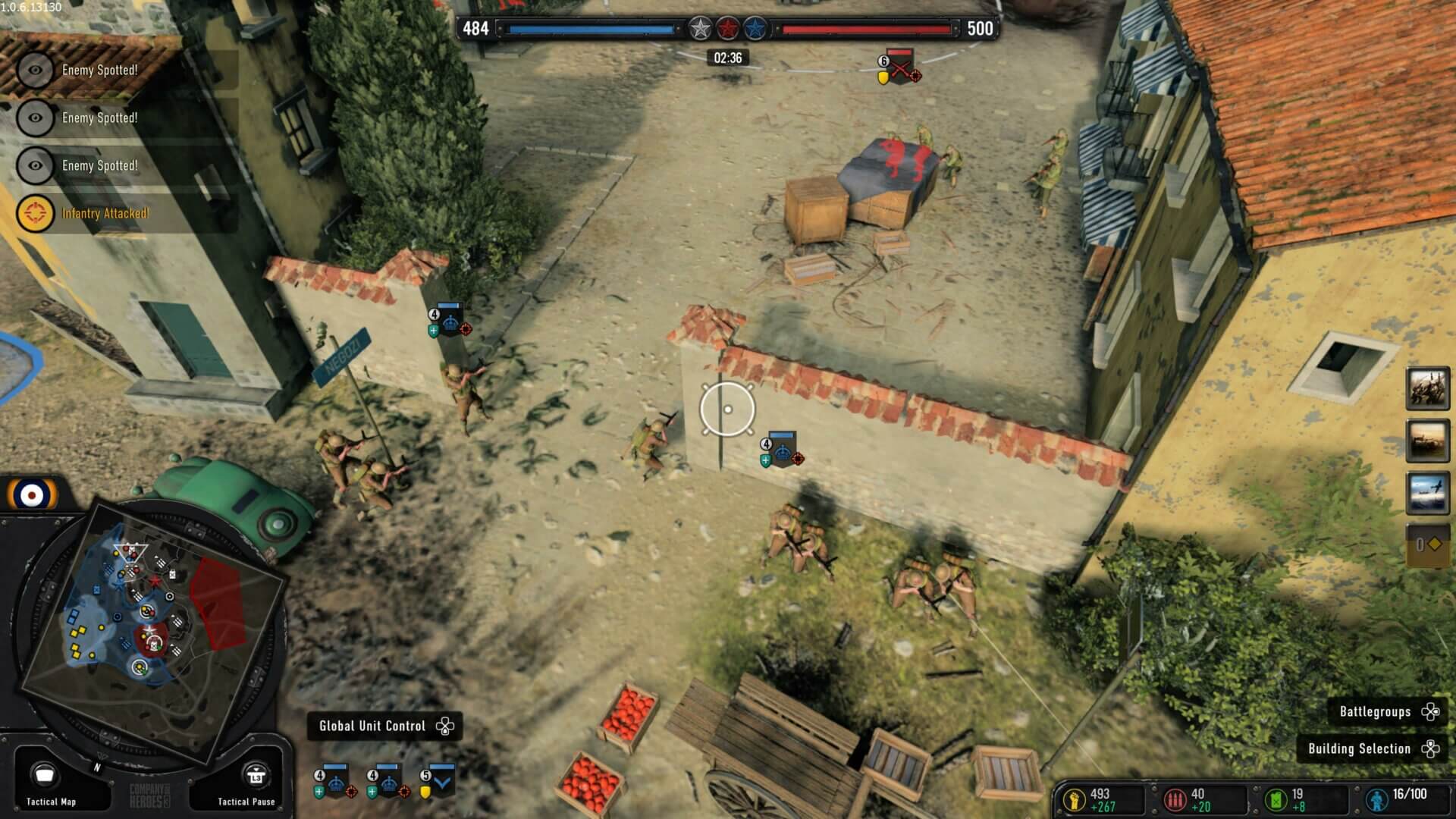
For most part these are the types of battles you’ll be playing in the campaign, taking place in Northern Africa or the Italian campaign. Areas that are often forgotten about compared to the major European theatres of war in France, Germany and Russia. But it’s always nice to see the lesser parts of the war taking centre stage for once as these battles are just as important as the more well known ones and to see them brought back through this form of media reminds us how big the war was and that it wasn’t a simply central European affair. The story is told through these macro style RTS games, however at times the game will zoom out into a more tactical map and this is where the game lost me a bit. The tactical map plays out in a similar role to Civilisation in a way. Large maps with units that can only travel so far in a turn before letting the enemy take their turn. Taking cities and places of interest increases your unit output and unit longevity but the entire thing was just such a bore to me.
It absolutely grinded the campaign to a halt and my interest just died. These parts just were not fun, it was like playing with figures on a large board game with zero fanfare, basically sending units to a city to take it over, to produce more units to do the same. I understand why these exist, as they make you feel like an overall commander controlling larger groups on a larger scale – but if I wanted to play that, I would play something else. The real meat of this game is the smaller macro battles that have more actions, tactics and thought put into them and it’s a shame the game slowed down so much when I was forced into this type of gameplay.
Company of Heroes 3 is definitely a niche in the RTS genre. It’s not commanding huge armies to take over the objective, nor is it overly macro playing something like League of Legends. It lies somewhere in the middle, and I had great fun co ordinating my squads through the battlefield and outsmarting the enemy. It plays very different from most other RTS games and it is within a genre of its own. When Company of Heroes plays to its strengths some great fun is to be had, but when it tries to be something else, it took me away from the core gameplay that made it so great. RTS fans / history fans (is that a term) should absolutely try this one out, a game of its own kind set in some fantastic arenas.

